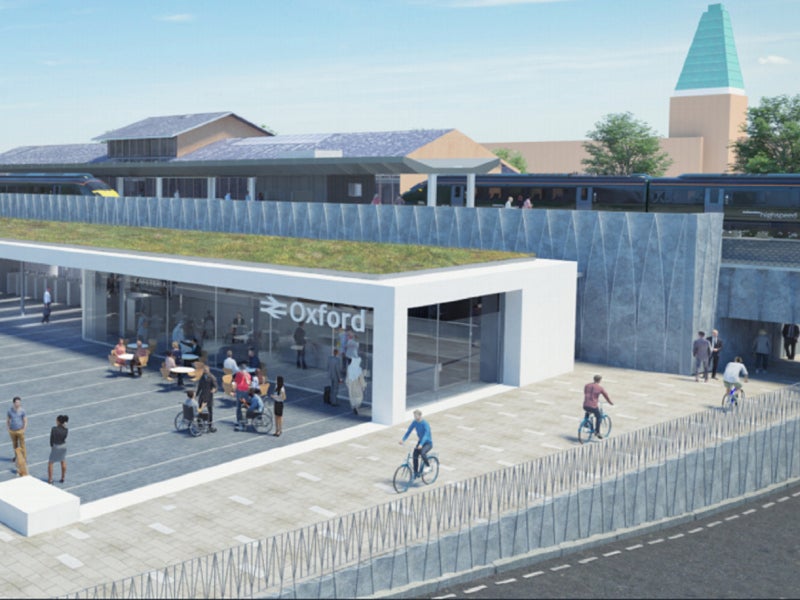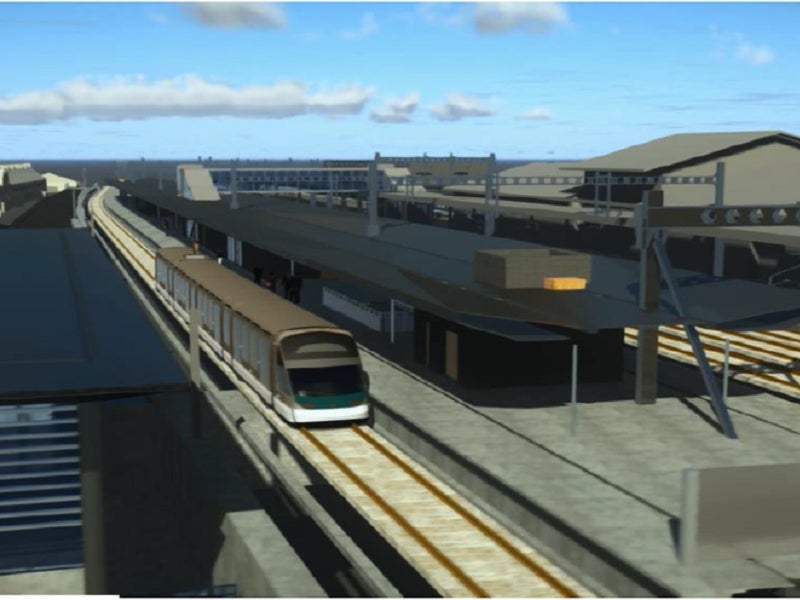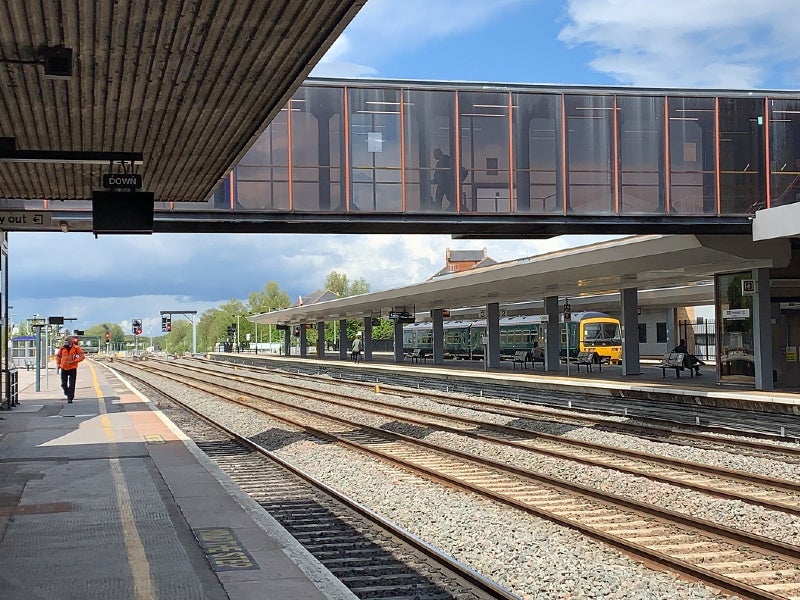Oxford station, one of the busiest stations in the south of England, is being upgraded under phase two of the Oxfordshire Connect programme to expand the area’s railway infrastructure and improve the local road network.
The redevelopment will upgrade the station and improve services, rail capacity and local road layout. Initiated in 2023, the project is scheduled for completion by the fourth quarter (Q4) of 2024.
Network Rail is undertaking the project, with support from the UK government’s Department of Transport and the Oxford City Council, with funding of £161m ($194.2m).
The project will establish a sustainable transport network throughout Oxford and Oxfordshire and enhance the national rail network.
Oxford Station redevelopment project background
Oxford station witnessed around 8.7 million passenger journeys annually before the pandemic. Over the past decade, the Oxfordshire region experienced a 63% increase in journeys to and from Oxford, surpassing the national average of 42%.
In the 2018 National Rail Passenger Survey, the station ranked third lowest in passenger satisfaction out of 56 stations.
Due to the station’s current rail infrastructure operating at full capacity, a redevelopment project is underway.
The upgrade is necessary to accommodate the planned increase in services, including three additional passenger trains per hour by 2024. Presently, trains are required to stop outside the station, leading to extended turnaround times in the bay platforms.
Furthermore, pedestrian traffic is expected to rise, potentially causing congestion, particularly on the footbridge connecting Platforms 3 and 4.
Oxford station redevelopment project details
The existing Oxford station comprises the main building, north and southbound platforms, two bay platforms, two through lines for freight and non-stopping trains, and associated structures.
The majority of the station upgrades will focus on the western side.
A new track and island Platform 5 will be constructed adjacent to Platform 4 to accommodate new services. A new entrance near Botley Road bridge will connect to the new platform, featuring a linear gateway building above a plaza.
The entrance aims to alleviate congestion, enhance passenger flow, and reduce walking distances for the western side passengers.
The main and secondary entrances on the east side, including Platforms 1, 2, and 3, will remain unchanged. The entrance is designed for approximately 20% of station users and will comply with platform and evacuation standards, improving pedestrian flow.
New toilets and baby rooms will be built at Platforms 4 and 5. New lifts and stairs will also be installed between the western entrance and platforms.
The Botley Road bridge will be replaced and upgraded by autumn 2024, providing increased height clearance for double-decker buses, and include 4m cycle/footways on each side.
The railway bridge over Botley Road will be replaced to facilitate station expansion, additional services, and a fifth platform, improving the local road layout for buses, cyclists, and pedestrians.
The project involves demolishing surrounding buildings, realigning Roger Dudman Way, replacing Sheepwash Bridge, and enhancing road safety at the Botley Road junction.
The track and signalling upgrades at Oxford station were completed in 2023, incorporating high-speed crossovers, updated signals, and changes to the Osney Lane footbridge.
The demolition of an old brick pillar will make way for a track serving the new Platform 5, supporting increased services and preparing for the East West Rail project linking Oxford with Bletchley and Milton Keynes.
Other planned improvements in Oxfordshire include closing level crossings at Tackley, Sandy Lane, and Yarnton Lane.
In addition, a footbridge with lifts at Tackley station will be constructed to enhance safety, reduce heavy goods vehicle traffic, create more freight train paths, and offer additional travel options between Birmingham and Oxford.
Oxford station retail facilities
Oxford station is the flagship station of Great Western Railway (GWR), a train operating company based in the UK. GWR appointed Amey, an engineering company based in the UK, to optimise the retail opportunities at the station.
A tactical business plan developed for Oxford outlined several improvement recommendations that could increase revenue by up to 29%.
The new stores, including the Pret-a-Manger, Greggs, and refurbished M&S Simply Food stores and local operators such as Cambridge Alumni Tours and Oxbikes have also been added.
Financing
The project received £72.7m towards the final design and enabling works from Oxford City Council. It was granted £78.6m in August 2022 by the UK government.
Oxford Local Enterprise Partnership, an organisation that fosters economic development in Oxfordshire, announced a contribution of £10.5m towards the project.
Contractors involved
IDOM, an architecture company based in Spain, was selected by Network Rail in November 2021 to design the Oxford station, as part of the Design Services Framework.
Kier Group, a construction company based in the UK, was contracted by Network Rail in March 2022 for design and enabling works at the railway station under a contract worth £65m.
WSP, an engineering services company based in Canada, will serve as Kier’s strategic design partner for the project.
The masterplan for the station was developed by AHR, an architectural and building consultancy company.
SYSTRA, an engineering and consulting company based in France, was contracted to develop and manage a contaminated land strategy by Network Rail.
Project benefits
The project is expected to bring significant economic and strategic benefits to both freight and passenger services. It will increase the capacity at the station and improve connectivity across the region, including Banbury, Birmingham, and the Oxford-Cambridge Arc.
The project will support future electrification, bringing savings through asset management/maintenance, improving pedestrian flow across the station, and adding road safety.
It will also enable freight services, equivalent to approximately 500 lorries per day, creating supply chain resilience and supporting sustainable transportation.






